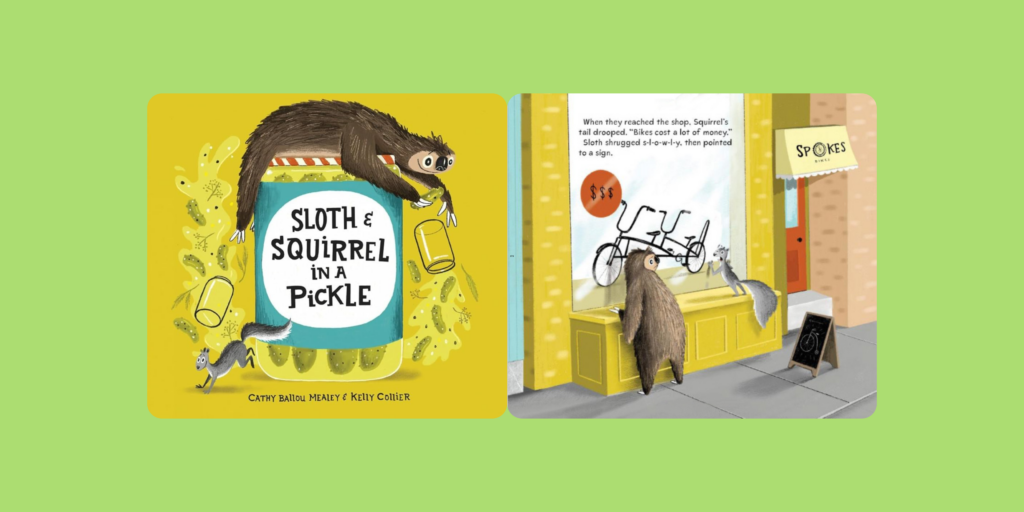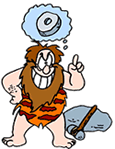
Grades 3-5

Don't have an account yet? Sign up for free
Don't have an account yet? Sign up for free

Students will learn the difference between inventors and entrepreneurs. From talking with adults they will learn some of the benefits inventors and entrepreneurs have provided for society in the last 40 years.

The day before you begin the lesson, ask your students to talk to adults in their families or neighborhoods, asking them to name products or services that have become available in their lifetimes. Students should record the items mentioned. During the lesson, make a long list in class of the reported items. [One would expect items like VCR’s, CD players, the Internet, cell phones, copy machines, post-it notes to be on the list.] Explain that an inventor develops a new product or service, but may not bring it to market. An entrepreneur takes the risk of bringing together resources to bring a good or service to market in hopes of making a profit. The entrepreneur may or may not have been the inventor.
Activity 1: Discussion
Not all inventors are entrepreneurs. Innovation is the introduction of an invention into a use that has economic value. This is what is added by an entrepreneur. Write the following questions on the chalkboard and brainstorm possible answers with students. Accept all student input.
Activity 2: Exploring Entrepreneurs and Explorers
Tell the students that they will be searching the Internet to find information about inventors. Read the questions below, and explain that these are things they should keep these in mind while making their search. Ask the students go to the sites listed and then find the answers to the questions. When they have completed their search, conduct a class discussion about the information they found.
Go to the following sites and find the answers to the questions.
A. Go to: McDonalds Through the Years and https://corporate.mcdonalds.com/corpmcd/about-us/history.html
B. Go to https://www.kidzworld.com/article/22274-the-history-of-eskimo-pie
C. Potato Chip: 1853, Saratoga Springs, New York

D. https://www.uselessinformation.org/priestley/index.html
Activity 3: Inventors and Entrepreneurs?
Be sure that your students understand the difference between inventors and entrepreneurs. Have the students go to the following sites and find the answers the questions below. Remind the students that inventors design and develop new products and entrepreneurs recognize the opportunities, take the risks of starting new businesses, and accept the challenges. Inventors are often entrepreneurs, but not always. We think of the following people as inventors. Were they also entrepreneurs? Did they bring products to market? How have they changed our lives?
A. http://www.shoppbs.pbs.org/wgbh/amex/kids/flight/feature_wright.html
C. https://www.worldatlas.com/articles/who-invented-the-telephone.html
D. https://www.fi.edu/benjamin-franklin-faq
Activity 4: Inventions that led to other Inventions
Ask the students to think about these inventions. What inventions were developed first, making other inventions necessary?
A. Morse Code
B. http://www.shoppbs.pbs.org/wgbh/amex/kids/tech1900/feature.html
Activity 5: Inventions that solve problems
Tell the students to think of some problems they would like to solve—and some products that would help them in some way. How about a robot to do homework?
Patents
Below are two web sites concerning the history of ice cream. Assign your students to explore them both in order to find out about some of the discoveries or inventions related to ice cream, when and where they were made, and who made them. Then discuss the questions below.
https://www.thoughtco.com/history-of-ice-cream-1991770

Grades 3-5

Grades 9-12

Grades K-2, 3-5

Grades 3-5, 6-8
